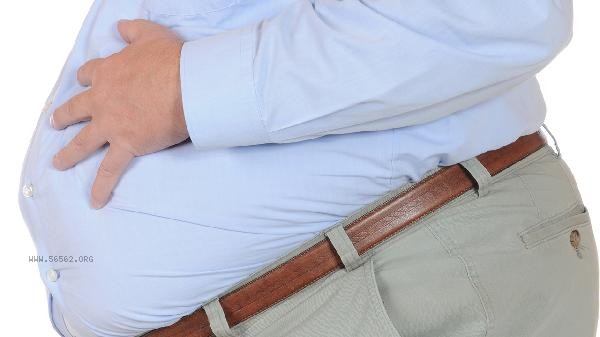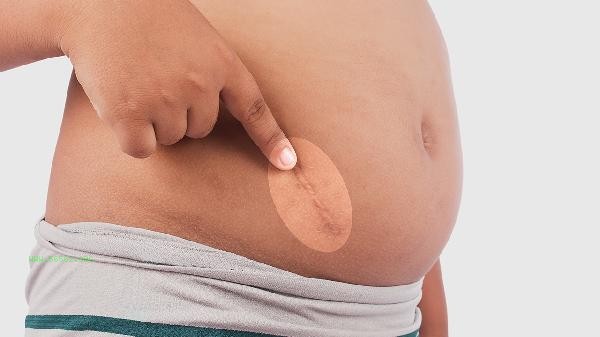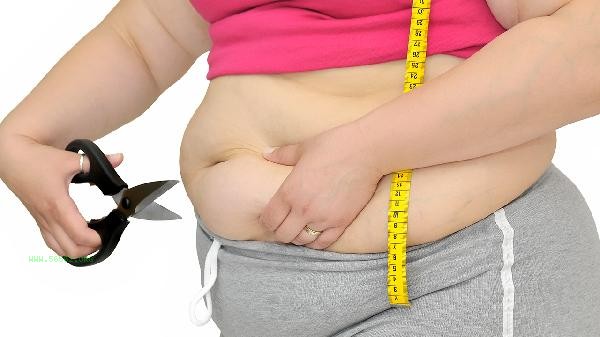The waist circumference index for male abdominal obesity is usually over 90 centimeters, and for females it is usually over 85 centimeters. The main criteria for determining abdominal obesity include waist circumference measurement, waist to hip ratio calculation, body fat percentage testing, visceral fat assessment, and body mass index reference.

1. Waist measurement
Use a tape measure to horizontally measure the waist circumference 1 centimeter above the navel. Maintain a natural standing posture during measurement and avoid inhaling or abdominal pressure. A male waist circumference exceeding 90 centimeters or a female waist circumference exceeding 85 centimeters can be preliminarily diagnosed as abdominal obesity. This indicator can directly reflect the degree of abdominal fat accumulation and is one of the important criteria for diagnosing metabolic syndrome.
2. Calculation of waist to hip ratio
The waist to hip ratio is calculated by dividing the waist circumference by the hip circumference. A male ratio exceeding 0.9 or a female ratio exceeding 0.85 indicates a risk of abdominal obesity. This indicator can distinguish the types of fat distribution, and the higher the ratio, the more severe the accumulation of visceral fat, which is positively correlated with the risk of cardiovascular disease.
3. Body fat percentage detection
measures body fat percentage through bioelectrical impedance or dual energy X-ray absorption method. When the male body fat percentage exceeds 25% or the female body fat percentage exceeds 30%, abdominal obesity may still exist even if the weight is normal. This method can accurately distinguish between muscle and fat content, especially suitable for fitness enthusiasts with large muscle mass.

4. visceral fat assessment
CT or MRI scans can quantify visceral fat area. If the visceral fat area exceeds 100 square centimeters, it meets the criteria for abdominal obesity. This type of fat secretes inflammatory factors, directly damaging liver and pancreatic function, and is the main cause of insulin resistance.
5. Body Mass Index Reference
BMI exceeding 28 combined with excessive waist circumference can be diagnosed as abdominal obesity. However, some individuals with normal BMI may also experience abdominal fat accumulation due to lack of exercise, which requires a comprehensive assessment based on other indicators. When the BMI of Asian people exceeds 23, they need to be alert to the risk of metabolic abnormalities.

It is recommended to regularly monitor changes in waist circumference. Men should keep it within 85 centimeters, while women are advised to keep it below 80 centimeters. Reduce daily intake of refined carbohydrates and choose whole grains and high-quality protein. Perform 150 minutes of moderate intensity aerobic exercise per week, combined with impedance training to enhance the core muscle group. Avoid prolonged sitting and get up and move for 5 minutes every hour. For those who have already experienced blood glucose and lipid abnormalities, personalized weight loss plans should be developed under the guidance of a doctor, and drug therapy or metabolic surgery intervention may be considered if necessary.








Comments (0)
Leave a Comment
No comments yet
Be the first to share your thoughts!